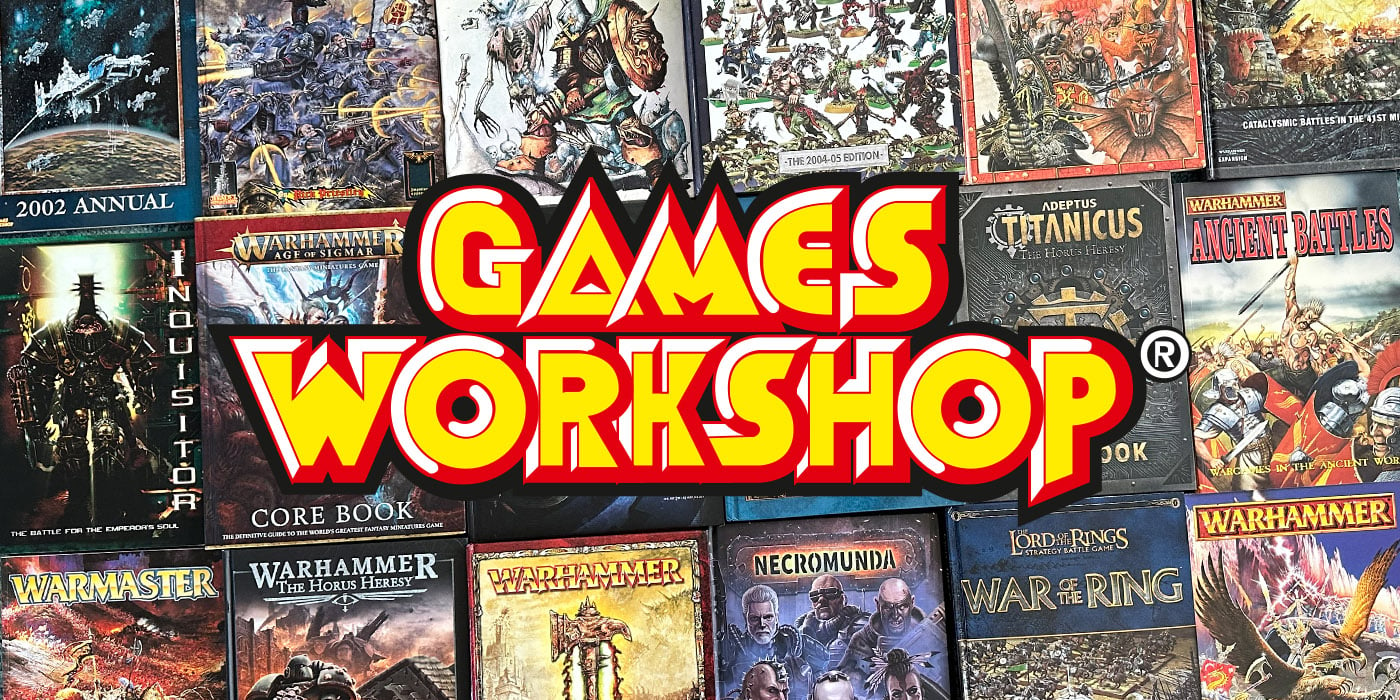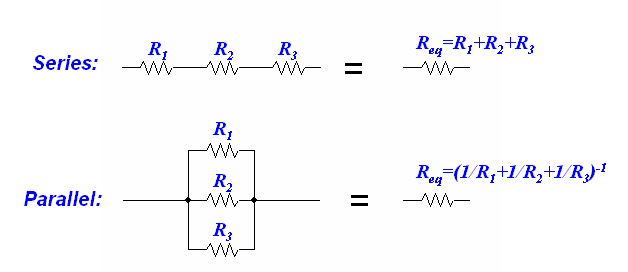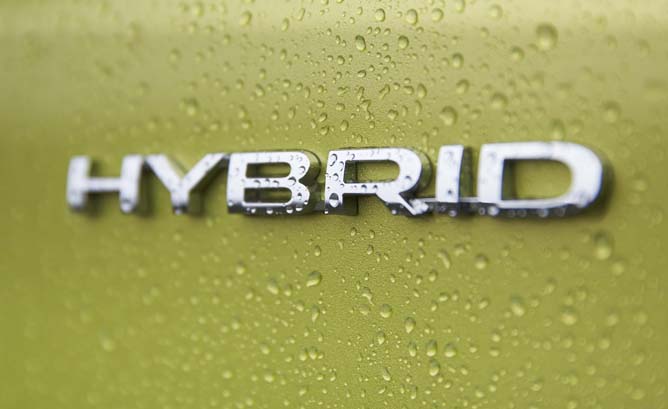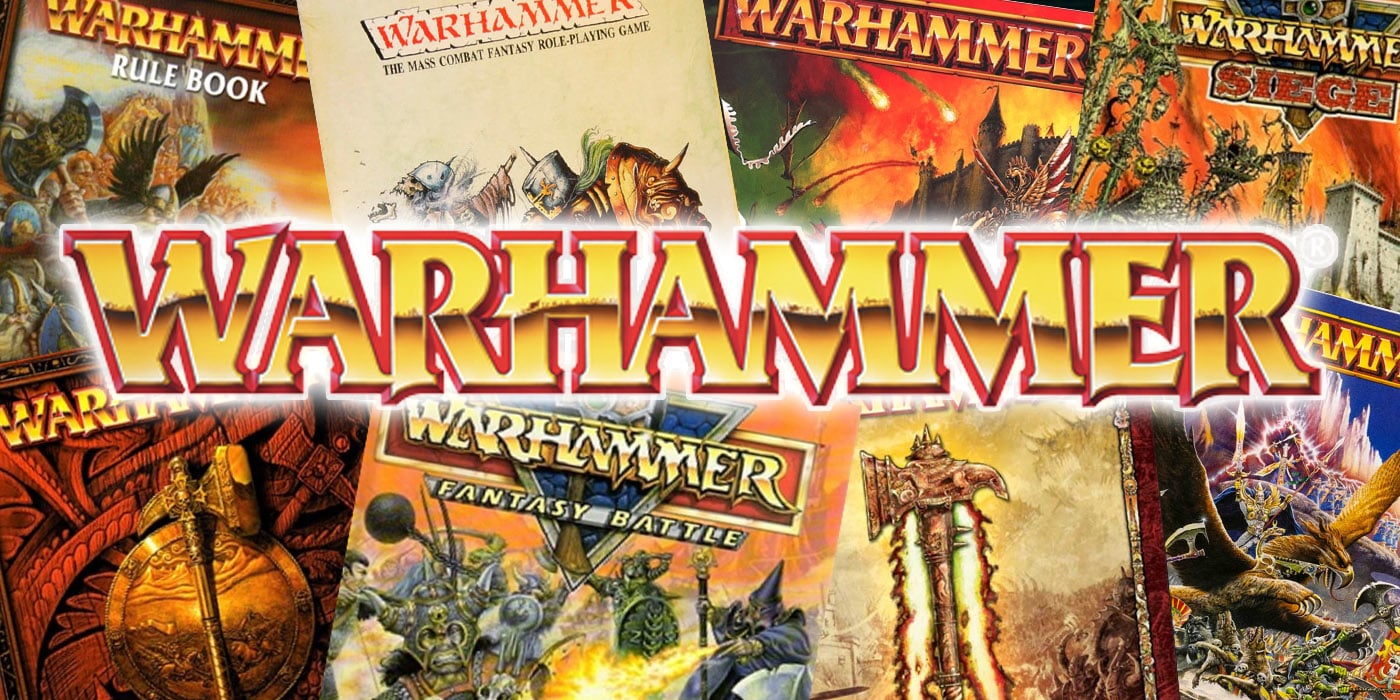40k Tactics – Beating Daemons in Assault


Hi everyone – it’s your friendly neighborhood Black Blow Fly with a tactical article on how to effectively counter Chaos Daemons with assault armies.
Chaos Daemons are still one of the top armies for competitive play with a large number of flying monstrous creatures (FMCs), extremely high levels of warp charge and the super crazy wargear.
Daemons – the Basics
A big advantage to playing daemons is any opponent not thoroughly familiar with their rules will have a really hard time keeping track of their plethora of warp fueled shenanigans. It’s imperative to make sure your opponent clearly records all of their psychic powers and daemonic rewards… This should all be written on a piece of paper they give you to keep at the beginning of the game.
Believe it or not one of the best ways to counter daemons is with an assault army. Your army should be highly mobile, resilient and able to assault them the second turn. This is probably counter intuitive as most of the meta lists for daemons you see now have a large squad of Seekers and a large squad of Flesh Hounds. If you manage to charge either squad count on being counter charged by the other squad. That said I have found daemon players can be thrown off their game versus heavy assault armies causing them to potentially make crucial errors which yield winning results for you !
Daemon players will attempt to buff either the unit of Seekers or Flesh Hounds so they have a good invulnerable save and are invisible. If you can neutralize at least one of these units early it throws a monkey wrench into the daemon players’ overall strategies.
Flesh Hounds have two wounds each so you want to double them out in assault with S8 attacks. Seekers have high initiative and rend so you’ll need an invulnerable save to tank their rending attacks. If you can beat either unit in a round of combat then Daemonic Instability can quickly finish off the enemy unit.
Daemonic Shenanigans
You will see either or both Be’lakor and Fateweaver in the daemon army with at least one Daemon Prince for the Grimoire of True Names to buff the invulnerable save to 3++. If the daemon player rolls up Cursed Earth (area of effect) then the buffed unit can have a 2++ invulnerable save. Be’lakor is there mainly for Invisibility, Psychic Shriek and Shrouding. Fateweaver can pull off all kinds of crazy shennigans… His Staff of Tomorrow (SoT) is the best known for re rolling the Grimoire. Fateweaver can also use the SoT to re roll one dice on the Warp Storm Table – for example if the daemon player rolls either a 5 or 6 they can re roll the other fishing for an 11 if you have any potent psykers in your army which forces you take a leadership test on 3d6. If you fail the test your psyker is removed from play. Watch out – the daemon player can use Be’lakor to cast the Telepathy malediction that lowers your leadership… This is also a gruesome combination with Psychic Shriek as well !
Something you need to keep track of is the direction their FMCs swoop each turn and when they switch over to gliding. Many times I’ve watched players quickly move their FMCs and not declare which flight mode they are using during critical turns. If you don’t keep track you might just end up on the wrong end of a daemonic assault you weren’t expecting. Make sure your opponent tells you every turn. I bring markers now I place beside their FMCs so I know which mode and the direction for each of their FMCs.
Smart daemon players will summons psychic daemon units the first two turn to boost their warp charge early. Typically they will summons Tzeentch Heralds and Horrors to boost their total warp charge.
Make sure you know exactly how much warp charge the daemon player has at the beginning of each turn. They should put all their dice down for warp charge on the table away from the rest of their dice. This way they don’t make the mistake of rolling too many dice during their psychic phases.
All these things are a lot to keep track of during the course of a game which is a problem I hope is eventually corrected by the developers. It’s in your best interest to keep track and make sure everything is kosher. It’s annoying to say the least but well worth the effort.
Parallel and Series Attack
Your assault army should be designed so that it can attack the enemy via a combination of parallel and series formations.
A parallel attack is composed of multiple units fighting side by side while a series attack is composed of multiple units hitting the enemy in one wave after another. Obviously this discussion is centered around assaulting the enemy.
A good example of a parallel attack is White Scars bikers due to their excellent mobility. Versus the Green Tide for example you can shoot then charge the mob with multiple units then use Hit and Run during their turn to break from combat then shoot and assault them again your next turn. This is a very powerful tactic versus horde armies such as the Green Tide and Astra Militarum blobs. One unit alone cannot inflict enough damage to overcome the enemy mass but multiple units can and do.
One of the main strengths of a parallel attack formation is your heavy hitters are fighting side by side with your rank and file. By use of proper positioning your heavy hitters can inflict damage where you need it the most supported by your other units to absorb enemy attacks. Charging Seekers or Flesh Hounds with multiple units enables you to win combat and force your opponent to roll for Daemonic Instability.
A good example of series attack is a classic Tyranid horde army. Large units of gaunts and raveners quickly advance in the front line forcing the opponent to deal with them first while the heavy hitting slower units such as carnifexen move in from behind to form a second wave. An army designed for this style of play should have at least three waves, four or more is better. The third wave is there to take out whatever is left over from the first two waves. The third wave should be the strongest and most durable since it will have to tackle the opponent’s most durable units they hold back for a counter punch.
There is also the hybrid combining both parallel and series attack elements. A good example is the combination of White Scars bikers and Space Wolves deployed in drop pods. The drop podding units form the series attack formation and if you have two or more drops arriving on turn 1 then they can fight in parallel as well. The White Scars biker units form the second parallel wave. So you can actually interleave your parallel and series attack formations within each other.
A hybrid army is a network of intertwined units fighting together versus the opponent with well coordinated attacks. This is the most powerful of the three styles and requires both a well designed army list and the ability to pull off complex tactics required to bring the overall strategy to fruitition. Tactics such as these demonstrate that the assault phase is still very viable and can win games versus top tier armies such as serpent spam and daemons.
Psychic Defense
Psychic defense is another primary key to defeating daemons and is often overlooked. For example Space Marine Librarians have psychic hoods. By fighting in parallel your Librarians can support multiple units. A level 2 Rune Priest with a psychic hood can deny enemy maledictions on the roll of a 4+ since they have the Ward rule which is equivalent to Admantium Will. Remember also that the Shield Eternal grants Admantium Will to the bearer which automatically stacks with any friendly psyker in the same unit. Shutting down maledictions can quickly deplete the daemon player’s total warp charge during their psychic phases which frustrates them to no end !
Grey Knights’ Psykout grenades are another great tool versus psychic daemons since they automatically inflict Perils of the Warp if they hit… Not as good as the old Mind Strike missiles but just as deadly.
Dreadnoughts
Dreadnaughts are another major deterrent to daemon FMCs, the Iron Clad and Contemptor dreadnaughts in particular since they both have front armor 13. Most daemon princes will want to avoid combat with dreadnaughts due to the changes to the Smash rule in seventh edition… Typically they only have one attack that can penetrate the dreadnaught’s armor plus the dreadnaught is S10 and can double out a daemon prince with only one inflicted wound. I’ve seen one dreadnaught hold up a unit of dark Eldar Talos over the course of several turns.
Make sure though to avoid Be’lakor or any FMC with Armorbane as they will make short work of the metal behemoths. Ideally the dreadnaught is embarked in a Stormraven so it can rapidly engage gliding FMC.
Conclusions
Well there you have it believe it or not. While daemon armies are still top tier and rightly so they can be beat. Go forth in the name of the Emperor and slay ’em !





